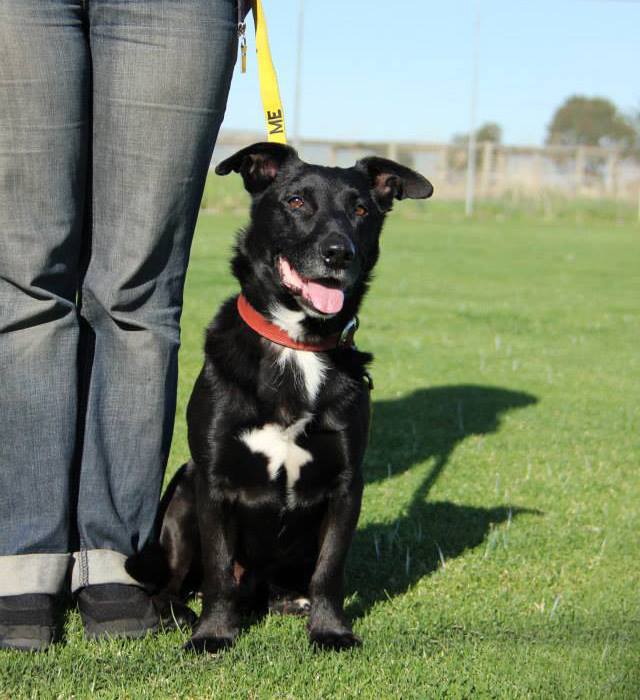Preparing for Earthdog Season
It’s almost the time of the year for earthdog once again! Earthdog is a ‘winter sport’, spanning from approximately May to August, weather permitting.
Earthdog is a fun sport for dogs of ‘earthdog type’ (small terriers, dachshunds, and mixed breeds of), where these little dogs get to test out their natural instincts. The sport involves small tunnels being set up, so these dogs can have the chance to ‘go to ground’ and encounter ‘quarry’ at the end. In South Australia, our quarry is typically a deceased rabbit, but judges have the discretion to use other quarry (like fluffy toys). For many terrier and dachshund type dogs, this is the opportunity they’ve been waiting for, to put all their fire and enthusiasm into what they were bred to do!

Earthdog den setup at SACA Park, Kilburn, Adelaide, South Australia.
There are two key parts of teaching earthdog: Teaching a dog to travel through the small tunnels, and teaching the dog to ‘work’ the quarry.
Tunnel Training
In earthdog tests, we use wooden liners to create tunnels. For those wanting to train at home, you can easily make tunnels out of cardboard. Tunnels should be 9 inches by 9 inches square. For the instinct test, the ‘easiest’ level for earthdog, they are expected to go through 3 metres of tunnel with one right angled turn. Lots of dogs have difficulties with corners, so do make sure you design your home made tunnels with a corner! You can make many segments to create 3 metres or more worth of tunnel.
The simplest way to get your dog to go through an earthdog tunnel is to lay a food trail and get your dog to gobble it up piece by piece, going through the tunnel as they do so. Overtime you can make the food trail more sparse, and use a word to get your dog to go through the tunnel – a command like “Tunnel!” or “Get the bunnies!” are most suitable.
Quarry Training
In an earthdog test, once your dog gets to the end of the tunnel, your dog is expected to ‘work’ the quarry’. Working is normally digging or scratching, barking, or biting at the quarry. I would suggest you either invest in your own deceased bunny (most butchers can order one in for you – make sure they keep the fur on) or, if you’re faint hearted, invest in a particularly fluffy and life like toy. See if you can get your dog excited and tugging on the bunny or toy. Having a dog very committed to getting their quarry is an excellent start.
The next step is to get the dog to work even when they cannot get the quarry. Set your dog up behind a wooden or cardboard grill (again, you can make this out of cardboard boxes). As you wave your quarry in front of the grill, your dog needs to work (bark, dig, scratch, or bite) at the grill from the opposite side. Reward your dog by giving him his quarry for small inclinations to work at the start, but over time, build up what you expect from him. At the most advanced level of earthdog, the dog needs to work for 60 seconds – so if you can get 60 seconds of continual work from him, you’ve got what you need!
Put it all together
If you have a dog that is going through tunnels, and is working quarry through a barrier, you then need to put the pieces together by putting that barrier at the end of the tunnel.
If you need help, the Earthdog Advisory Committee is running a training day on the 14th June 2014 at SACA Park (Kilburn, South Australia). It is $2 per dog for you to come try, and get some training and help from members of our committee. Only dogs of ‘earthdog type’ (small terriers, dachshunds, and crossbreeds of) are eligible to train. RSVP is not necessary, but if you require more details contact Tegan Whalan on 0421 506 482 or email teganwhalan@gmail.com


 Necessities
Necessities